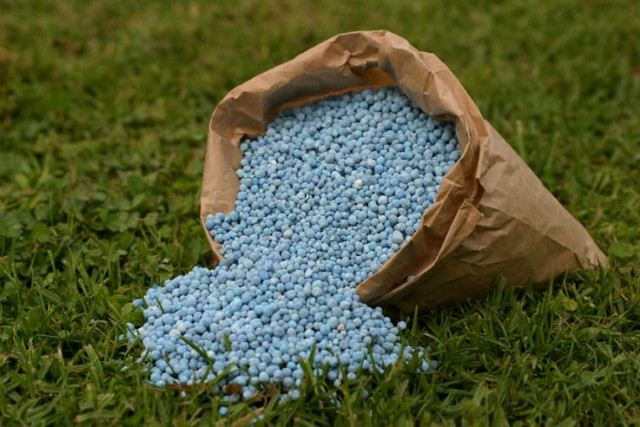Industry demands new fertiliser policy
Says it should focus on WACOG, leverage excess urea capacity through exports

In an agrarian state such as Pakistan, where farming accounts for 20% of the gross domestic product (GDP) and employs around 70% of the population, the role of urea industry is of pivotal importance.
Prior to 1980, Pakistan had been importing over 50% of urea. Even after 1980, the country remained a net importer till 2012. However, the industry recently witnessed decent investments in new plants and increase in production capacity, thanks to the Fertiliser Policy 2001.
The average urea demand in the country is around 6.1 million tons, whereas the nameplate urea production capacity is now over 7 million tons.
Hence, these investments have enabled the country to achieve self-sufficiency in urea production, thereby ensuring food security. At current prices, the industry can provide annualised import substitution of $6 billion.
Talking to a group of journalists on Thursday, Engro Fertilisers CFO Imran Ahmed praised the government’s “far-sighted policies” to improve the agricultural landscape in the country. “The government’s efforts have clearly yielded results,” he said, adding that wheat and sugarcane earnings had increased by 59% and 47% respectively in 2021 as compared to the previous year.
At the same time, the area under cultivation reached a record high of 24.3 million hectares, a significant growth of around 2 million hectares in the last two years.
Moreover, better farm practices and increased use of hybrid seeds led to enhanced yields. These factors have contributed to the growth in urea demand, which is now forecast to reach 6.3 million tons in 2022.
The fertiliser policy introduced in 2001 ensured that the growing urea demand could be adequately met with indigenous gas-based production. However, depleting gas reserves in the country pose a threat.
As per recent estimates, the gas shortfall, currently at around 720 million cubic feet per day, will peak closer to 1 billion cubic feet per day in January 2022.
The increased reliance on imported gas is creating a huge gas subsidy burden on the government, say fertiliser industry players.
Therefore, there is a need for a revised fertiliser policy, which should eliminate the subsidy on gas for the sector and enable the much-needed transition towards weighted average cost of gas (Wacog), they say.
Moreover, they sought incentives to promote debottlenecking and maximise urea production with the help of gas supply. The fertiliser industry will thrive under a completely deregulated environment. Following the intent of Fertiliser Policy 2001, the selling price of fertilisers should become completely deregulated, enabling free market forces to prevail, the industry players say.
Any subsidy should be given directly by the government to the subsistence farmers to ensure continued affordability.
Additionally, they say, the new fertiliser policy should focus on leveraging the excess capacity by allowing the industry to export urea.
Published in The Express Tribune, December 24th, 2021.
Like Business on Facebook, follow @TribuneBiz on Twitter to stay informed and join in the conversation.












1733130350-0/Untitled-design-(76)1733130350-0-208x130.webp)






COMMENTS
Comments are moderated and generally will be posted if they are on-topic and not abusive.
For more information, please see our Comments FAQ